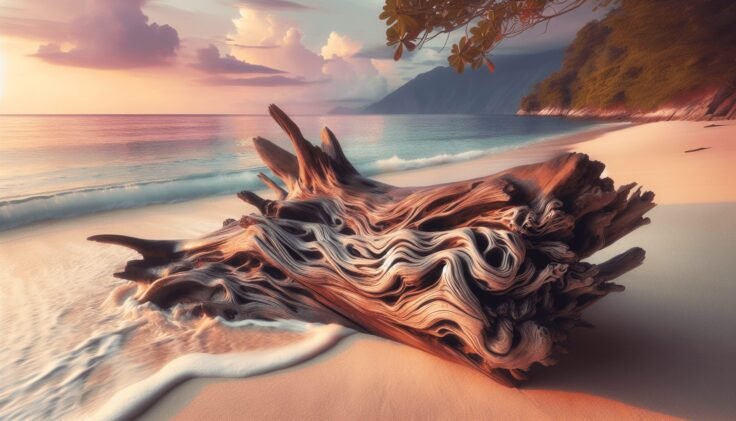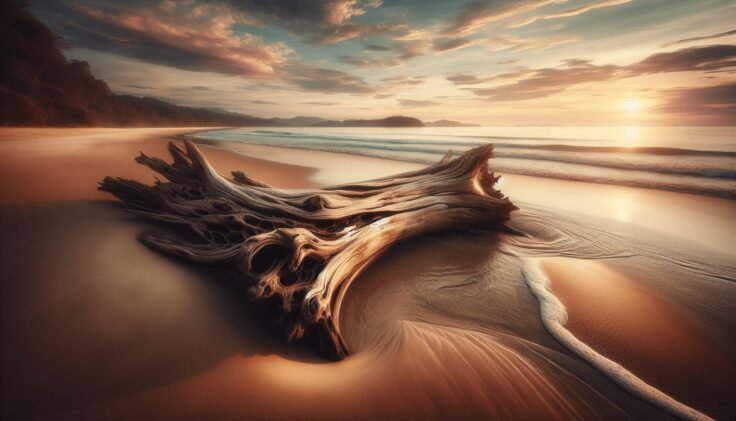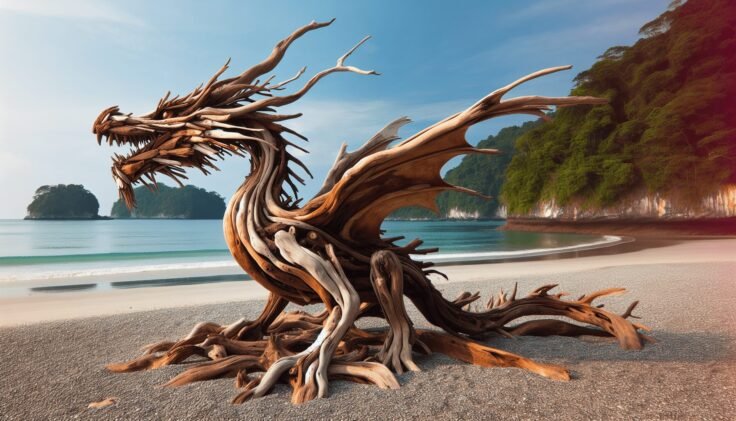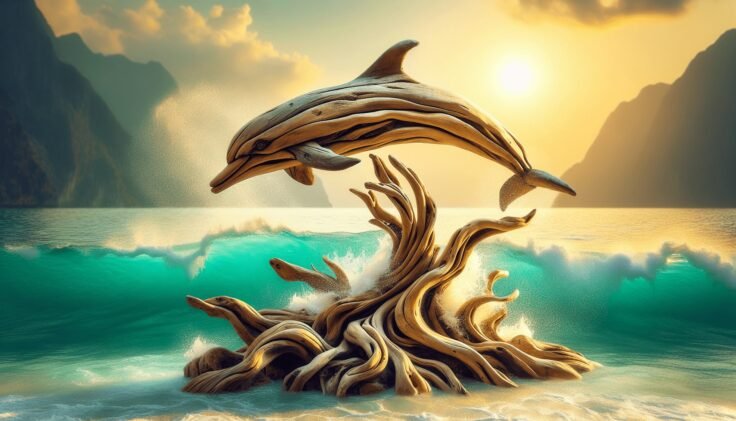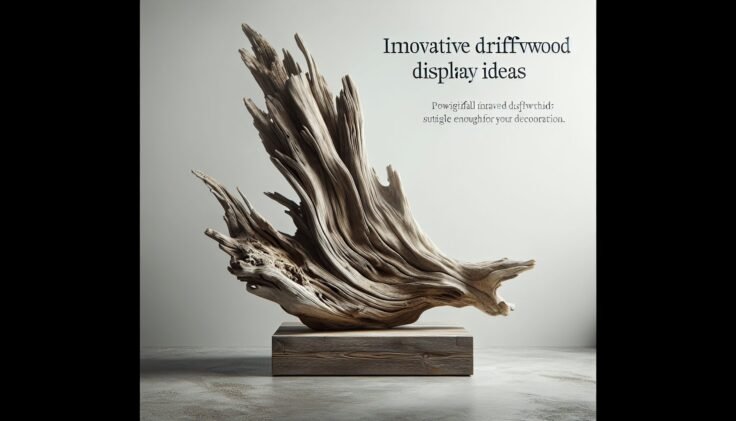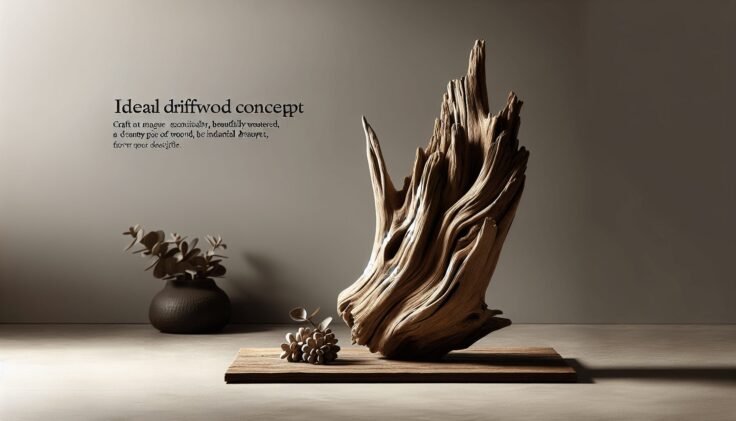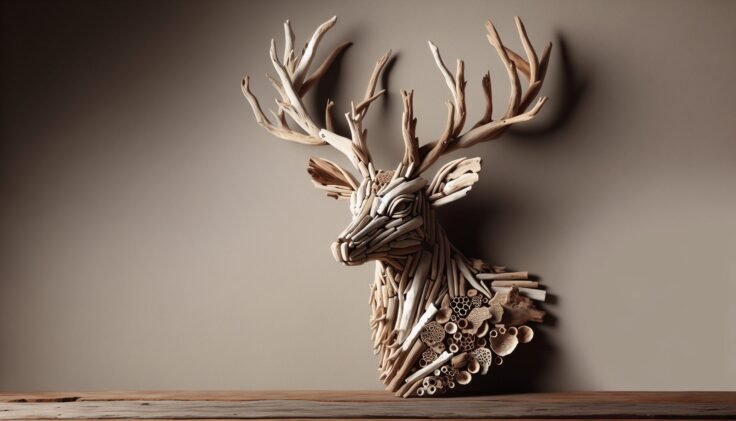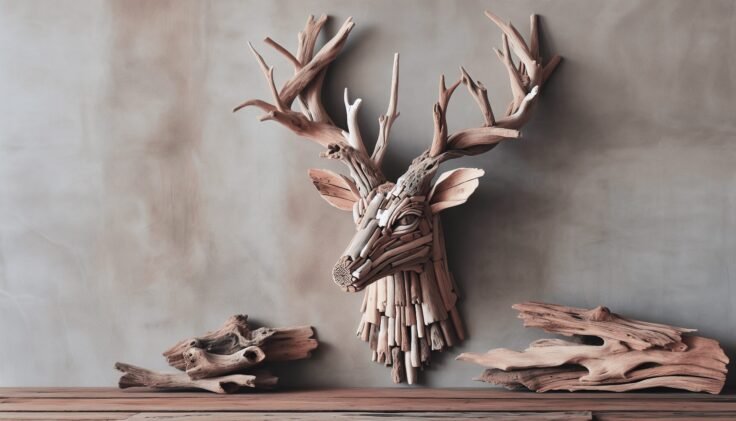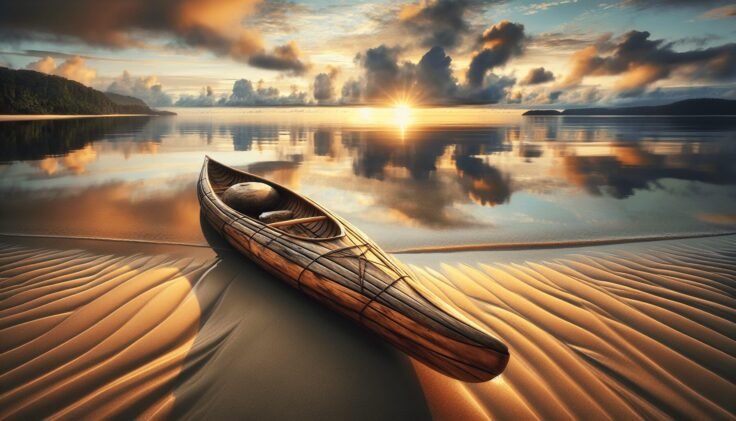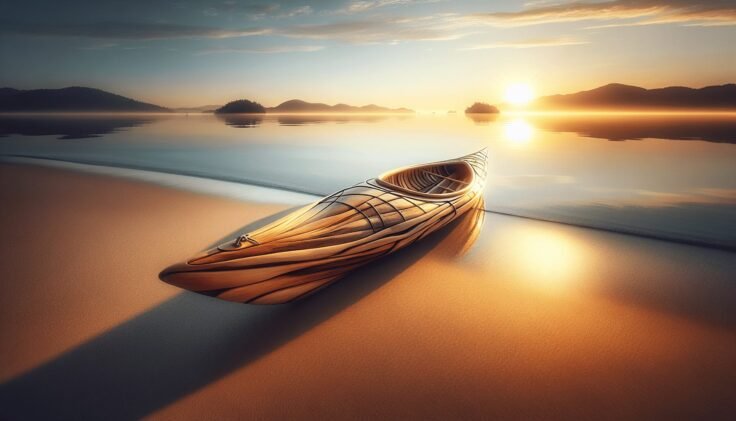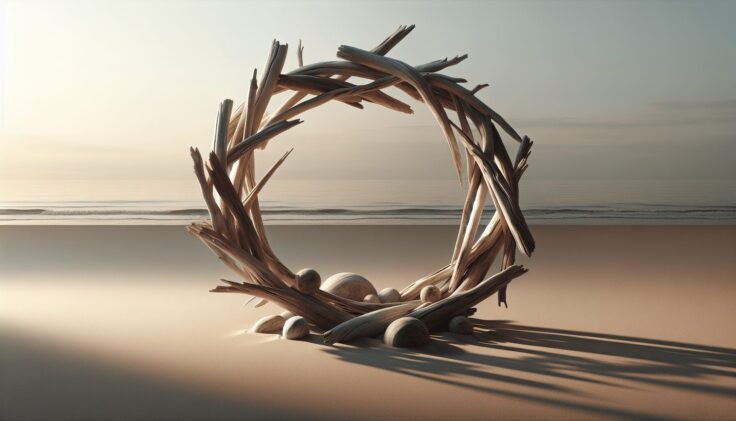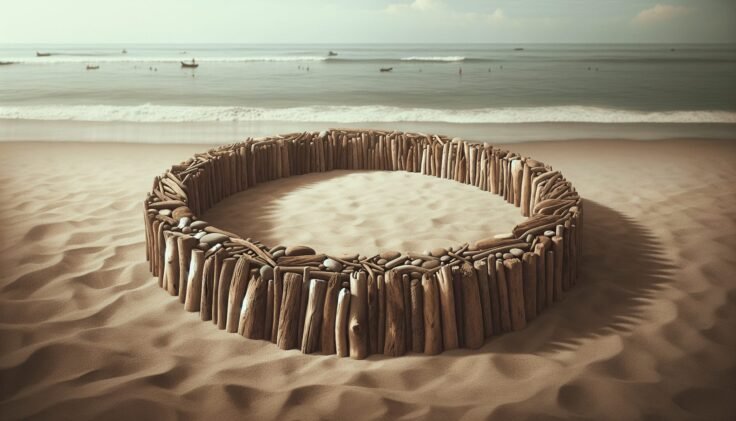Have you ever wandered along the shoreline, marveling at the treasures the waves washed ashore? The beach is a place of fascinating discoveries, each piece of driftwood telling a unique story of its journey through the ocean. Among these are driftwood sculptures that capture the imagination, particularly those shaped like elephants. These pieces evoke a sense of wonder and curiosity, inviting you to explore their story further.
What is Driftwood?
Driftwood refers to pieces of wood that have been washed onto a shore or beach by the forces of winds, tides, or waves. This natural process transforms them, imparting a weathered and often unique appearance. Driftwood is celebrated for its artistic aesthetic and ecological role in coastal ecosystems. It serves as a habitat for various marine creatures and is a key component of shoreline stabilization.
Driftwood’s journey begins when trees or branches fall into the water. As they traverse the currents, these wood pieces are shaped and smoothed by the constant friction of water and sediments. Eventually, they find their resting place on a beach where people collect them for various uses, including art, decor, and even furniture-making.
Why Driftwood Elephants?
The allure of driftwood lies in its uniqueness and beauty—qualities that become even more charming when transformed into sculptures resembling elephants. These majestic creatures symbolize strength, wisdom, and memory in many cultures, making them an appealing subject for artistic exploration. Creating a driftwood elephant sculpture allows artists and enthusiasts to blend the organic elegance of driftwood with the grandeur of elephants.
Cultural Significance
Elephants hold significant roles in various cultures around the world. In Asia, they are seen as symbols of royalty and wisdom. In Hinduism, the elephant-headed god Ganesha is a deity of fortune and remover of obstacles. African cultures often view elephants as symbols of strength and longevity. The cultural depth associated with elephants enhances the appeal and emotional connection people have with driftwood elephant sculptures.
Artistic Expression
Making a driftwood elephant is both a creative and technical endeavor. Artists must not only capture the essence of an elephant but also respect the natural form of the driftwood. This combination of creativity and craftsmanship results in sculptures that are as varied and remarkable as the driftwood pieces from which they are made.

How to Create a Driftwood Elephant
Creating a driftwood elephant sculpture is a fascinating process that combines your imagination, artistic skills, and a keen eye for detail. Here is a step-by-step guide to help you create your own driftwood masterpiece.
Materials Needed
To get started, it’s essential to gather the right materials and tools. Here’s a handy table outlining what you’ll need:
| Material / Tool | Purpose |
|---|---|
| Driftwood pieces | Main material for the sculpture |
| Strong adhesive or nails | For securing pieces together |
| Saw | To cut and shape driftwood as needed |
| Sandpaper | To smooth rough edges |
| Protective gloves | To handle driftwood safely |
| Wire | For reinforcement and structure |
| Paint or sealant | Optional, for finishing touches |
Selecting the Right Driftwood
The essence of your sculpture begins with selecting the right pieces of driftwood. Look for pieces that naturally resemble parts of an elephant such as the trunk, legs, and ears. Consider the size of each piece and how it will contribute to the overall structure and balance of your sculpture.
Sculpting Process
Conceptualize Your Design: Before assembling, have a rough idea of how you want your sculpture to look. Sketching your design can be helpful.
Assemble the Base: Begin by constructing the base of the elephant. Use larger driftwood pieces to form the body, as this will provide stability.
Add Details: Gradually build upon the base by adding detailed features like the trunk, ears, and tusks using smaller pieces of driftwood. Secure them with adhesive or nails.
Reinforce Structure: Use wire to add structural strength, especially for protruding parts like the trunk and ears. Ensure everything is balanced and stable.
Finishing Touches: Use sandpaper to smooth any sharp edges. If desired, apply a paint or sealant to protect the wood and add to its aesthetic appeal, bringing out the natural colors and textures of the driftwood.
Benefits of Driftwood Art
Creating a driftwood elephant isn’t just a rewarding artistic endeavor; it’s also beneficial for your well-being and the environment.
Environmental Benefits
Using driftwood promotes recycling and repurposing natural materials, reducing the need for new resources. Driftwood’s journey from water to shore is a testament to nature’s transformative power, and utilizing this material honors that cycle by incorporating it into art.
Therapeutic Effects
Artistic activities like sculpting can have calming effects on your mind and body. Working with driftwood, especially in a serene coastal setting, can be a meditative process. The tactile nature of the wood, combined with the creative process of transforming it into art, provides a soothing and satisfying experience.
Contribution to Art and Design
Driftwood art holds a special place in modern art and interior design. Sculptures like driftwood elephants act as striking pieces of decor that bring a touch of nature into homes and galleries. They are not just conversation starters but also enhance the aesthetic appeal of a space, making your living environment more inviting and refreshing.

Where to Display Your Driftwood Elephant
Once your driftwood elephant is complete, finding the perfect spot to display it is the next exciting challenge. Whether intended for indoor or outdoor settings, each choice reflects your style and maximizes the sculpture’s impact.
Home Decor
In a home setting, place your driftwood elephant in a well-lit area where its texture and craftsmanship can be appreciated. Ideal locations include living rooms, entryways, or even dedicated art corners. The rustic charm of driftwood complements various interior styles, blending seamlessly with both modern and traditional designs.
Garden and Outdoor Spaces
For outdoor display, consider gardens or patios where the natural element of driftwood coincides harmoniously with the surrounding landscape. Protecting the sculpture from excessive moisture and direct sunlight ensures its longevity, though the natural weathering can also enhance its organic charm over time.
Public Spaces and Galleries
Driftwood elephants make compelling exhibits in public spaces, parks, and art galleries. They captivate viewers with their intricate details and majestic presence, offering a unique blend of natural and artistic beauty. Public displays also provide a broader audience the chance to connect with and appreciate this form of sculpture.
Caring for Your Driftwood Elephant
Ensuring the longevity and beauty of your driftwood elephant requires some simple maintenance steps.
Regular Dusting
Keeping the sculpture free of dust and debris helps maintain its appearance. Use a soft cloth or brush to gently remove surface dust, ensuring that fine details and textures remain visible and appealing.
Protection from Elements
Though driftwood is naturally weathered, continuous exposure to harsh elements can harm your sculpture. For outdoor displays, consider placing the piece under a covered area or using a protective sealant to shield it from moisture and UV rays.
Periodic Inspections
Regularly inspect your sculpture for any loose pieces or signs of damage. Address any issues promptly by re-securing joints or applying additional adhesive as needed. This precaution ensures your driftwood elephant remains stable and attractive for years.
Final Thoughts
Crafting a driftwood elephant is more than an artistic project; it’s a journey of creativity, expression, and connection with nature. This endeavor allows you to appreciate the beauty of natural materials and the endless possibilities they hold for artistic creation. Whether prominently displayed at home or in a public art space, your driftwood elephant will surely captivate the hearts and minds of those who behold its elegance and craftsmanship. So next time you find yourself by the shoreline, remember—each piece of driftwood carries the potential for majestic artistry as timeless as the ocean itself.
